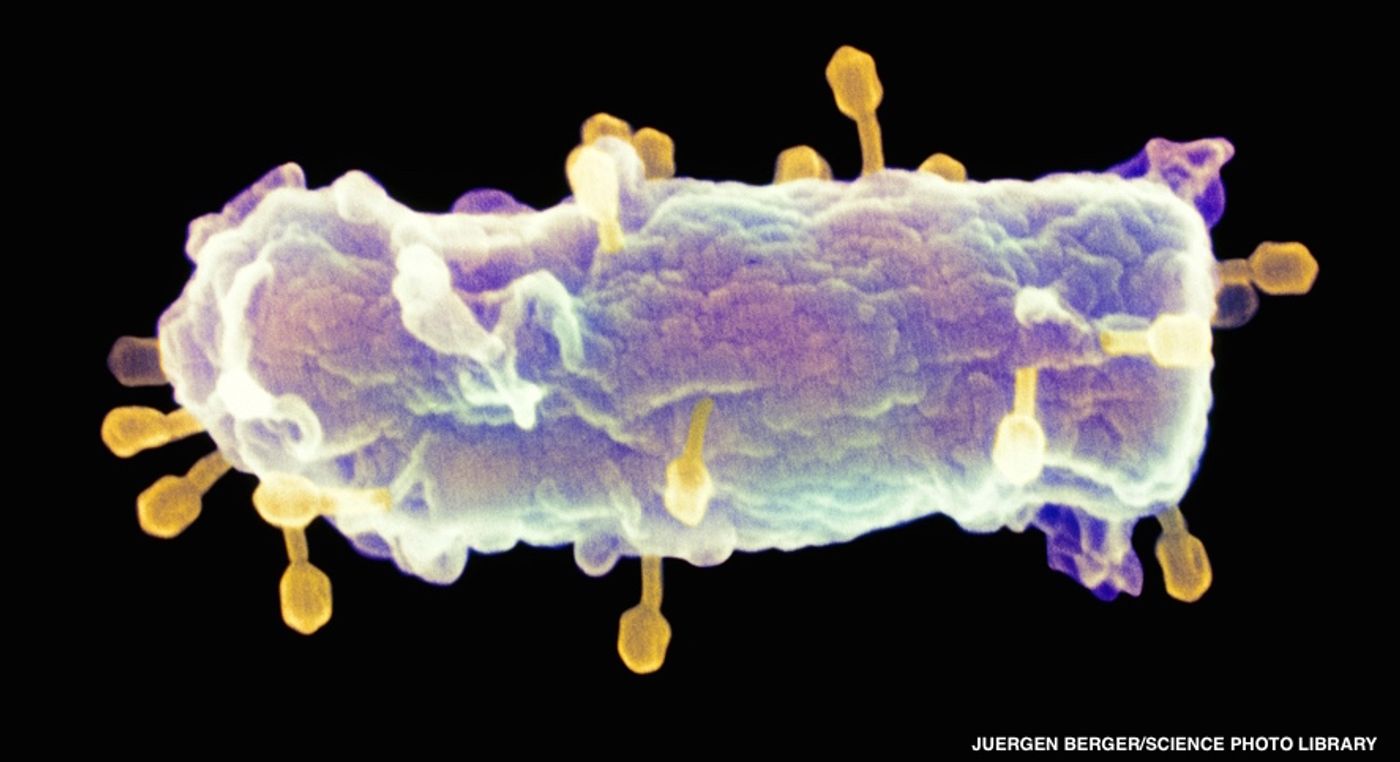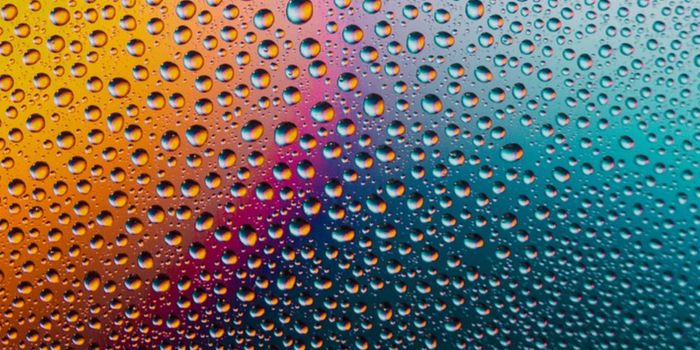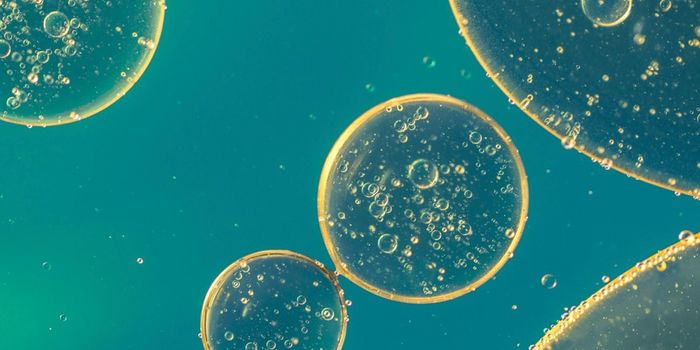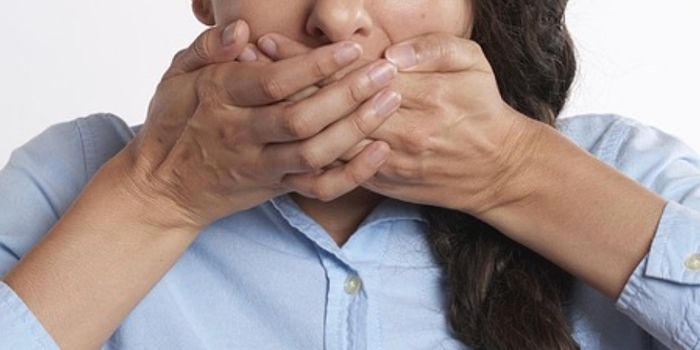Superspreader phages transfer drug resistance
Bacteriophages are everywhere. By everywhere, I mean there are about 10^31 of them on our planet - and that’s a lot.
Lucky for us, bacteriophages infect bacteria, not humans. That doesn’t mean they don’t have profound effects on us, however. A new report in the journal mBio from researchers at the University of Miami and the National Cancer Institute describes “superspreader” bacteriophages that promote DNA transfer from one bacterium to another - and some of this DNA codes for antibiotic resistance genes.
The end result of a phage infection is that bacteria lyse, releasing progeny phage. When the bacteria lyse, their contents - including DNA - are released into the environment. The researchers showed that some of this DNA is taken up by neighboring bacteria, and some phages - the superspreaders - are particularly good at making this happen.
The researchers started by infecting ampicillin-resistant E. coli with well-known phages (T4 or T7) or phages they collected from various environmental sources - soil, water, or feces (the resistance genes were carried on a plasmid). The phages lysed the E. coli cells, and the researchers collected DNA from the medium. Next, they applied this DNA to cultures of antibiotic-sensitive E. coli and found that the cells could be transformed with this DNA - the ampicillin-sensitive cells picked up the plasmid carrying the ampicillin-resistance gene, making the cells ampicillin resistant.
Interestingly, phages SUSP1 and SUSP2 caused E. coli to release large amounts of plasmid DNA into the culture medium, causing the group to dub these phages “superspreaders.”
They found that superspreaders are good at facilitating DNA transfer because they don’t produce endonucleases that degrade the bacteria’s DNA. Phage T4 makes endonucleases, for example, and does not facilitate DNA transfer. T4 mutants that lack endonucleases, however, effectively release and transfer intact bacterial DNA.
In a final experiment, the researchers wanted to study SUSP1 and SUSP2 in a “real world” situation - lab strains of E. coli are easily transformed with foreign DNA, but what about environmental isolates? The group collected soil bacteria and mixed them with SUSP1 and SUSP2 lysates from antibiotic-resistant E. coli. Sure enough, the antibiotic resistance plasmid was readily transferred to various species of soil bacteria.
What does all of this mean for phage therapy? According to the study authors, “the dispersal of intact plasmid DNA during phage therapy would be clinically undesirable...we recommend that therapeutic phage candidates be prescreened to prevent the inadvertent use of superspreader phages in biomedical applications.”
Sources: mBio, Virology Blog, Wikipedia









